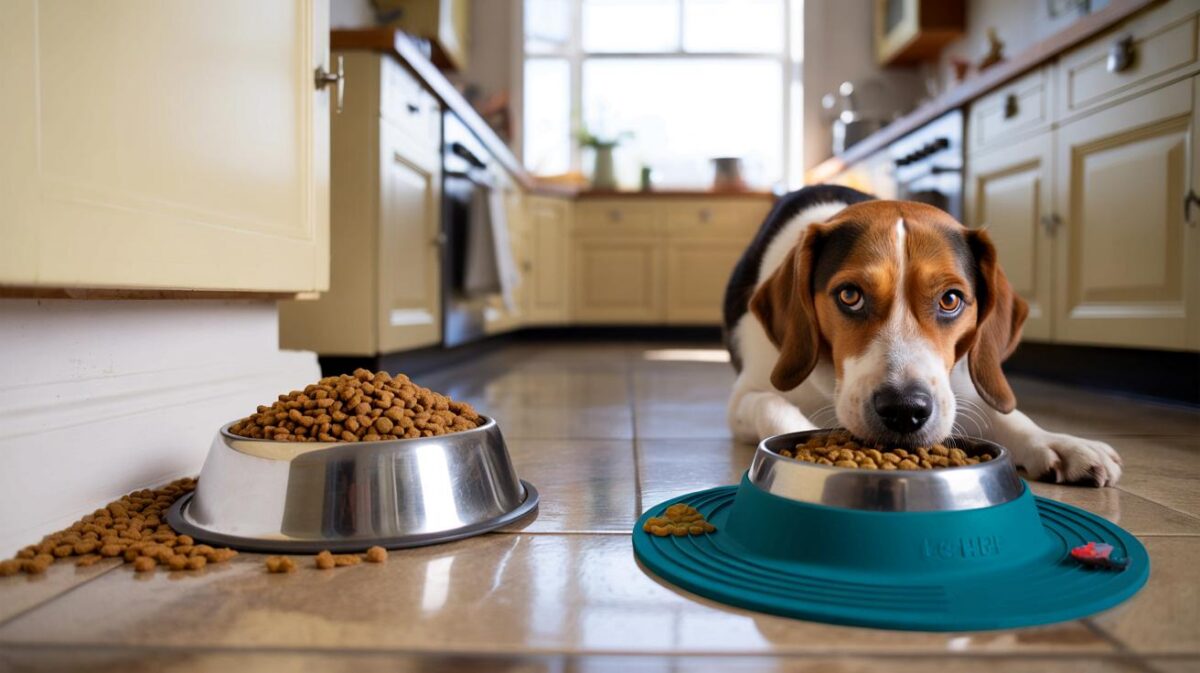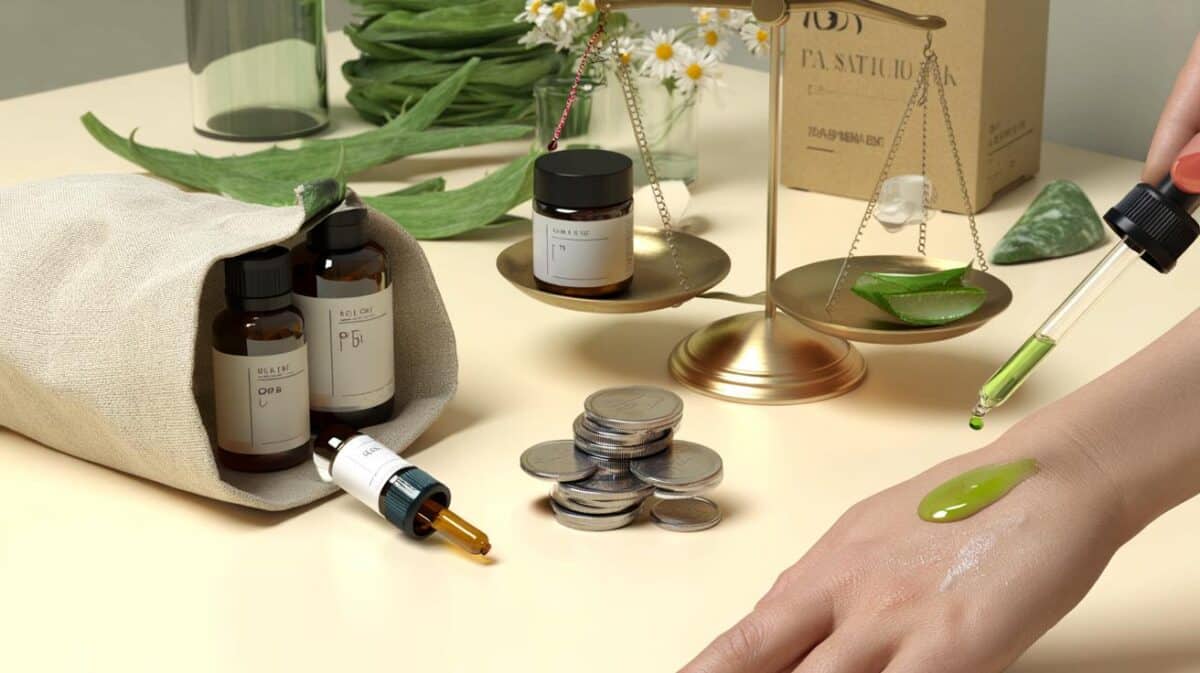As mid-October edges in, many growers face a familiar dilemma. You can reach for the secateurs and push the last trusses to colour. Or you can hold your nerve and protect what is already swelling on the vine. The choice carries real stakes, with daylight shrinking and disease risk rising by the day.
Why October tomatoes slow down
Shorter days reduce photosynthesis, so plants make less sugar. This slows ripening on every truss. Night temperatures below 12°C delay the conversion of chlorophyll, so green stays green longer. Wet mornings leave leaves damp for hours. That moisture allows fungal spores to spread with ease.
Tomatoes love warmth. They grow and colour fastest between 18°C and 28°C. Once nights sit at 8–10°C, cell activity drops. Fruit still enlarges, but flavour development crawls. Heavy dew also dilutes leaf nutrients. Plants then divert energy to defence rather than fruit finish.
Below 12°C at night, ripening slows sharply. Below 8°C, ripening nearly stalls, and every cut becomes a gamble.
Weather swings bring another twist. A bright noon can scorch exposed fruit after a chilly dawn. That contrast stresses vines that already look exhausted. Leaves yellow, stems soften, and the canopy thins. A bare plant may look tidy, but it often carries fewer ripe tomatoes.
October pruning: boost or blow?
Late pruning aims to redirect sugars from shoots to fruit. Gardeners pinch out side shoots, remove the growing tip, and strip a few lower leaves. Done lightly, this can lift colour on the most advanced trusses. Done hard, it can expose fruit to sunscald, chill and rain splash.
Each cut is a wound. In damp weather, spores of late blight land and spread from that wound. Hygiene matters. Clean blades reduce risk. Dry leaves seal faster. Timing matters even more. If a wet front is due, wait.
Prune only what you must to favour airflow around fruit, not to leave a skeletal frame that can no longer feed itself.
Pruning moves that still make sense this week
- Stop the leader above the last full truss to halt new growth you cannot ripen.
- Pinch out fresh side shoots under the final truss to limit sinks that steal energy.
- Remove only diseased leaves and the few that shade fruit at midday.
- Keep at least one healthy leaf above each truss to fuel sugar production.
- Prune on a dry, breezy day and sanitise blades between plants.
Mistakes that cost you fruit
Some habits do more harm than help. Stripping most of the foliage kills shade and photosynthesis in one go. Cutting before rain leaves open tissue wet for hours. Chasing colour by clearing every leaf often leads to pale, mealy fruit. Overwatering in a cool week splits skins and dilutes taste.
Leave enough leaf area to feed fruit, and protect cut surfaces from a wet forecast. Less drama, more flavour.
Smarter alternatives to finish the season
Gentle tactics often outperform heavy pruning when days grow short. These moves buy time without shocking vines.
- Remove flowers and pea-sized fruit so energy flows to full-size tomatoes.
- Tilt or gently lift clusters for a brighter aspect, but keep stems supported.
- Lay reflective material under plants to bounce light into lower trusses.
- Use a fleece or cloche on clear nights to avoid radiative chill.
- Ease back on water to trigger mild stress that nudges colour change.
- Harvest near-ripe fruit before a cold snap and finish indoors at 16–20°C.
- Ripen green fruit with an apple or banana in a paper bag to supply ethylene.
What to do at different night temperatures
| Night low | What changes on the vine | Your best move |
|---|---|---|
| ≥ 12°C | Ripening continues at a decent pace | Light tip stop, remove flowers, keep 1–2 leaves per truss |
| 8–12°C | Colour slows and disease risk rises | Protect at night, prune only for airflow, cull small fruit |
| 4–8°C | Ripening nearly halts outdoors | Pick blush fruit, finish indoors, fleece every clear night |
| ≤ 4°C | Tissue damage likely on vines and fruit | Strip plants of usable fruit and clear beds |
If blight is knocking
Late blight loves cool, wet foliage. You can hold it back with neat habits. Water at the base in the morning. Space plants so air moves between leaves. Remove any leaf that shows brown, greasy patches with pale halos. Bin infected material rather than composting it.
Clean secateurs with alcohol between plants. Avoid pruning when humidity is high. Keep soil covered to prevent rain splash. A simple roof or clear cover above the row sheds dew and keeps leaves drier for longer. Many growers save more fruit with shelter than with cuts.
Numbers that guide a last push
Expect 20–25 days from full size to red at 20°C. Allow 30–35 days at 12–15°C. Below 10°C, expect almost no change on the vine. A blush tomato will finish indoors in 7–14 days at room temperature. A fully green fruit takes longer and may stay pale. Aim for a steady 18°C if you can.
Keep indoor humidity moderate. High moisture invites mould on calyx and skin. Spread fruit in a single layer. Check daily and rotate. Remove any that soften oddly or smell sour, as rot spreads fast in a bowl.
What to plan now for next year
Choose earlier cultivars if you grow outdoors. A 60–65 day variety beats a 75–80 day one when autumn bites. Consider grafted plants for stronger roots in cool springs. Train two leaders rather than four to finish fruit sooner. Feed with a higher potassium ratio from first truss set to favour flavour over leaf.
Think about structure. A simple cold frame, a cheap tunnel, or rain cover extends your finish by two to three weeks. Black mulch warms soil in September. Good airflow from the start reduces the need for drastic cuts in October. Crop rotation lowers disease pressure for the next season.
A quick reality check for this week
If your plants carry five trusses with two still green, target the three most advanced. Remove all flowers and marble-sized fruit. Keep one healthy leaf above each chosen truss. Protect overnight when the forecast shows single-digit lows. Pick any fruit showing the first blush before the next wet spell.
Bonus ideas that pay off
- Hang whole vines with fruit in a dry shed to finish off-vine with better flavour than bag ripening.
- Turn green tomatoes into chutney or relish to avoid waste and bank winter flavour.
- Log dates of first blush and final pick to tailor next year’s sowing schedule.
- Trial one plant with light pruning and one with none to compare yield and taste in your conditions.
If you must cut, cut small, cut clean and cut dry. Most gardens gain more from shelter, selection and patience.








